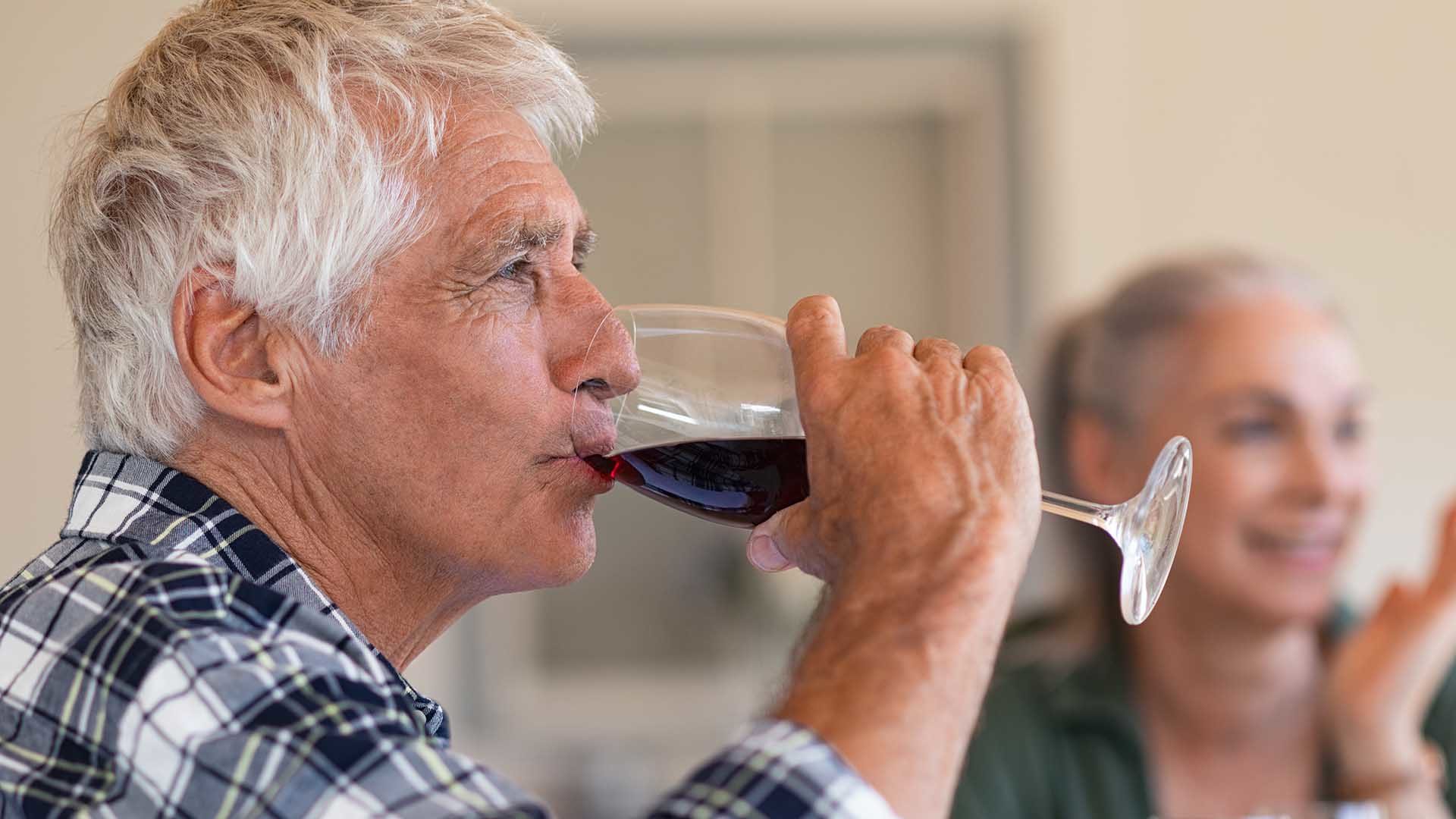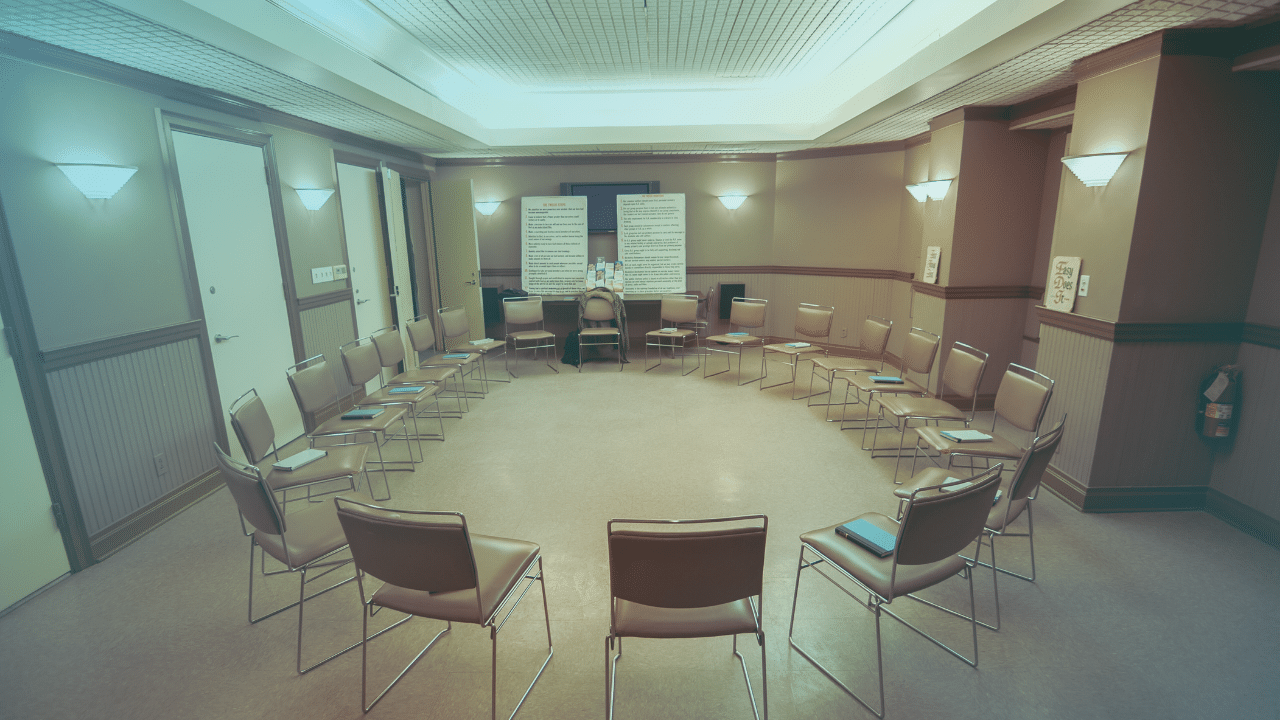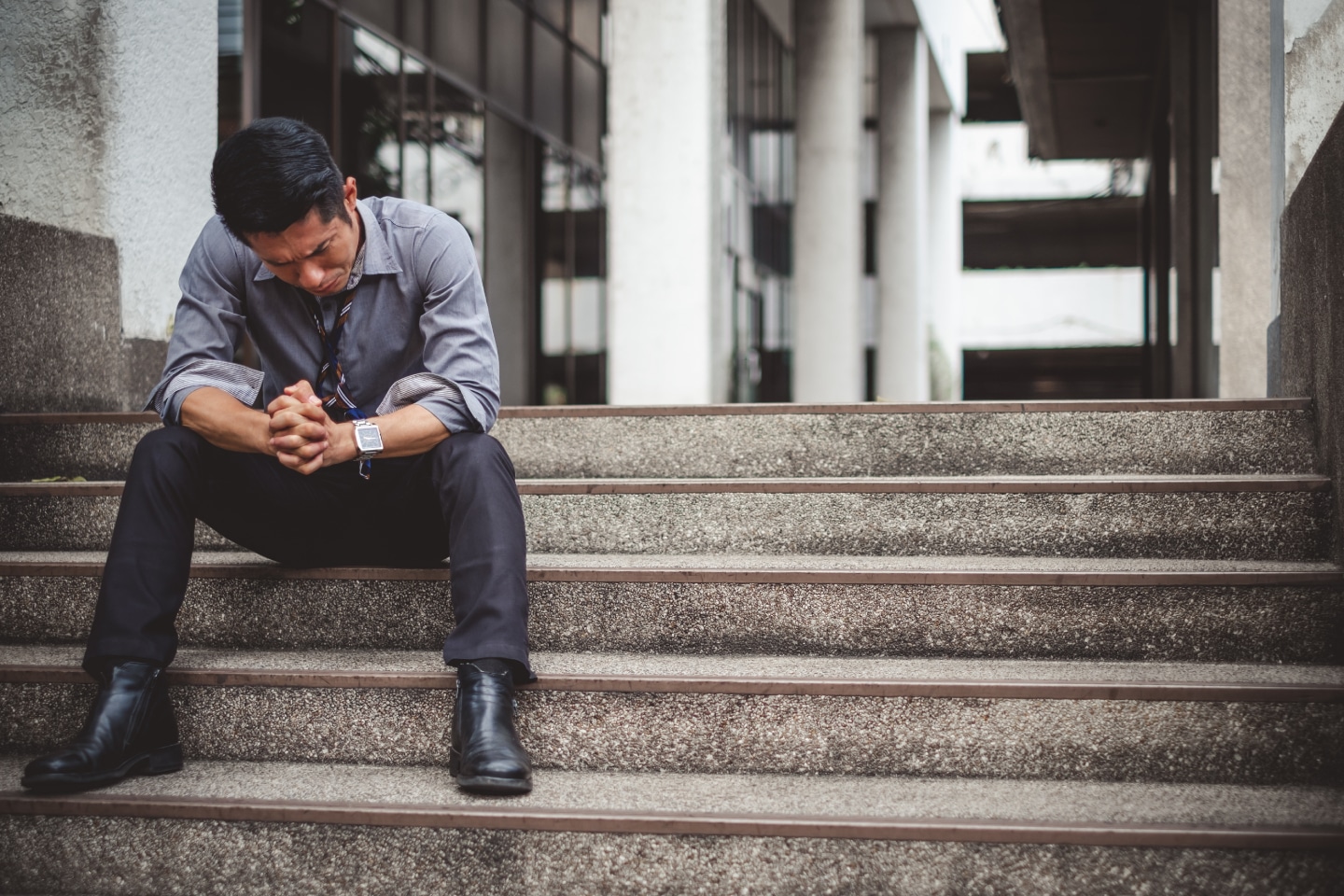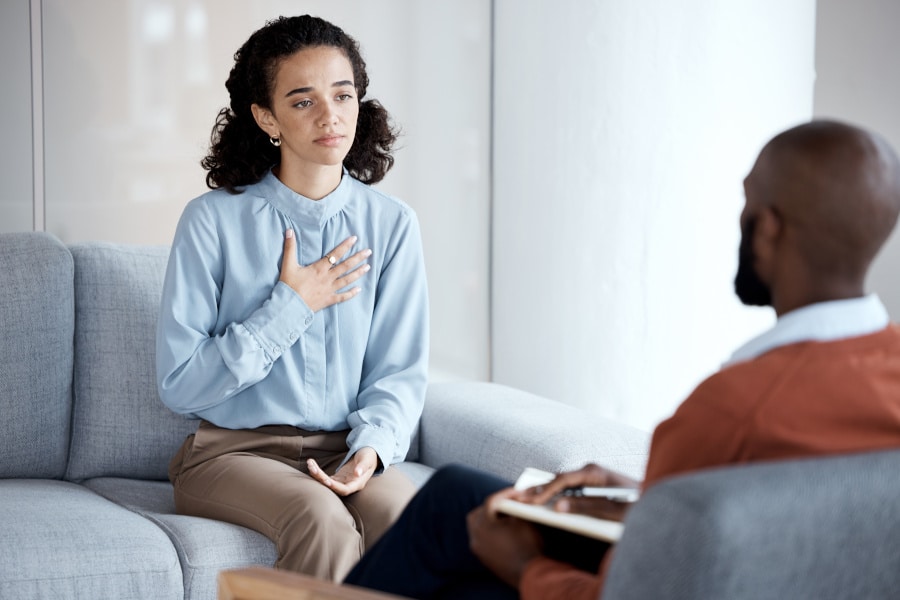
Why Do People With Alcohol Addiction Develop A Bulbous Nose?
Despite its name, alcoholic nose doesn’t always have something to do with drinking or alcohol abuse. However, it may contribute to chronic skin inflammation that can cause a bulbous nose.
What Is Alcoholic Nose?
While this skin condition is usually called alcoholic nose or drinkers’ nose, it is actually called rhinophyma. Rhinophyma is a subtype of rosacea that causes a bumpy, red, or swollen appearance in the nose and cheeks. This subtype is typically a result of long-term rosacea that has been left untreated.
Symptoms of Alcoholic Nose
This skin condition affects the size, shape, and skin of the nose. It usually starts with reddening of the skin at the top of the nose, and may eventually lead to bulb-like growths at the tip of the nasal passage. More side effects of alcoholic nose, or rhinophyma, may include:
- Visibly broken blood vessels
- Enlarged pores around nasal area
- Red nose & face
- Red patches on face & skin
- Flushed face & skin
- Rough or waxy skin
- Large pimples or bumps
- Bulbous nose shape
Most of these symptoms affect the skin and can lead to further swelling and inflammation if not treated.
Why Someone May Have A Bulbous Nose
Rhinophyma is most commonly a result of untreated rosacea. Rosacea can stem from having fair skin or a genetic disposition. The condition is also more common in caucasian, middle-aged men than in any other group.
As we mentioned before, rhinophyma & a bulbous nose are not directly caused by alcoholism. However, alcohol DOES affect the vascular system’s functions. If the vascular system is failing, blood vessels in the face and neck will enlarge.
The Connection Between Addiction and Rhinophyma
When someone abuses alcohol and has enlarged vessels, their skin may begin to flush or redden. Therefore, alcohol can contribute to rosacea. If the rosacea is untreated, rhinophyma is likely to kick in. Rhinophyma and rosacea are vastly different for every person with the conditions, so it’s hard to tell when alcohol is a contributing factor.
So if you or a loved one have a red or bulbous nose, how can you tell if alcohol has anything to do with the start of their condition? The best next step is to do research and look out for signs of addiction. Someone may be addicted to alcohol if they prioritize drinking over spending time with friends & family, if they abandon their old interests, and if they display risky behaviors around alcohol.
Treatment for Rhinophyma
Even if alcohol didn’t directly contribute to a case of rhinophyma, it can worsen conditions that already exist; so if you have rosacea, it’s best to avoid alcohol altogether. Individuals with rosacea are also recommended to stay away from spicy foods, heavy sunlight, high winds, certain exercises, specific prescription drugs, and makeup & other cosmetic products.
If someone is using alcohol heavily with an untreated condition of rosacea, bulbous nose and other skin-related symptoms may occur. To treat this condition, start by handling the alcohol abuse. Detoxing at a rehabilitation center or medical facility may be necessary.
For more information about the link between rhinophyma and alcoholism, contact our substance abuse and treatment experts by calling 267.719.8528.
Sources
https://vertavahealth.com/blog/alcoholic-nose/
https://www.rehabcenter.net/alcoholic-nose-rhinophyma-rosacea/
https://www.addictionresource.net/alcohol/alcoholic-nose/
Explore this article:
Explore Our Facilities
Drug and alcohol detox and residential treatment for addiction and mental health disorders
Outpatient treatment center for substance use disorder and mental health disorders
Outpatient treatment center for substance use disorder and co-occurring mental health disorders







